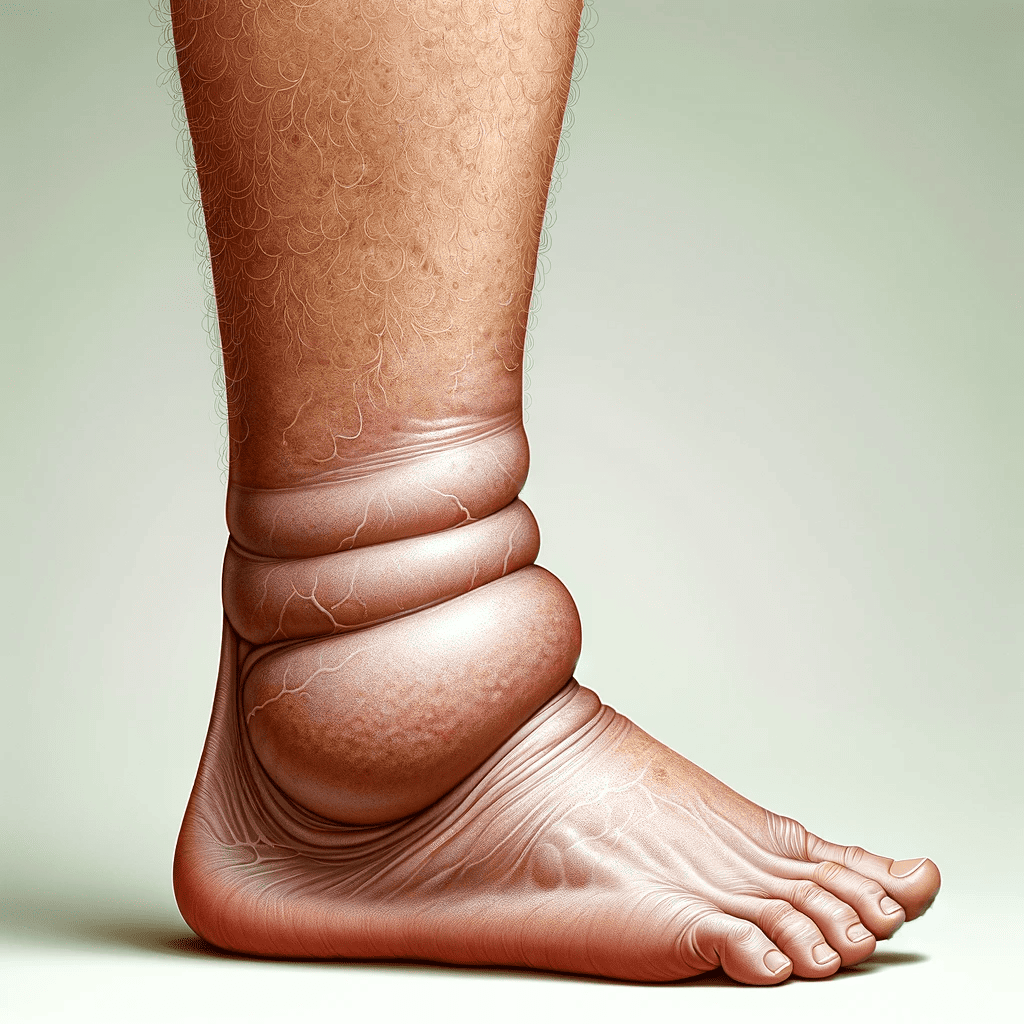Lymphedema, a condition often shrouded in misunderstanding and overshadowed in discussions of health and wellness, affects a significant number of individuals globally. This chronic condition results from the lymphatic system’s failure to efficiently transport lymph, leading to swelling and discomfort. In this comprehensive guide, we aim to demystify lymphedema by exploring its types, treatments, and management strategies, offering insights and understanding for those affected and their caregivers.

What is Lymphedema?
Lymphedema is a chronic condition characterized by the accumulation of lymphatic fluid in tissue spaces, usually occurring in the limbs. This happens when the lymphatic system, a critical component of both the immune and circulatory systems, fails to function correctly. The inefficiency in lymph transport leads to an uncomfortable and often painful buildup of lymph fluid, causing swelling and other related complications.
Types of Lymphedema
Understanding the types of lymphedema is crucial in determining the appropriate treatment and management strategies:
Primary Lymphedema: This less common type is usually congenital, meaning individuals are born with it. It’s attributed to:
- Underdevelopment of lymphatic vessels.
- Inefficiency in the lymphatic system functioning from birth.
Secondary Lymphedema: More common, secondary lymphedema arises due to external factors. These include:
- Surgery, particularly operations involving lymph node removal.
- Radiation therapy, which can damage lymphatic vessels.
- Trauma or injuries leading to lymphatic system damage.
Treatment Techniques
Treatment for lymphedema focuses on reducing swelling and managing the symptoms. The most prominent treatment methods include:
Manual Lymphedema Drainage Massage:
- This technique involves a light, therapeutic massage aimed at stimulating the flow of lymphatic fluid.
- The gentle massage movements help in opening the lymph nodes and increasing the lymphatic intake of fluid and protein.
Complete Decongestive Therapy (CDT):
- CDT is an intensive therapy program that is split into two distinct phases:
- Phase I: Decongestive Phase
- The primary goal is to reduce the swelling in the affected limb to a normal size, while also maintaining healthy skin.
- This phase typically involves manual lymph drainage, compression wrapping, exercise, and skin care routines.
- Phase II: Maintenance Phase
- This phase focuses on maintaining the results achieved in Phase I.
- It includes continued use of compression garments, ongoing skin care, regular exercise, and possibly self-manual lymph drainage massages.
- Phase I: Decongestive Phase
Managing Lymphedema
Effective management of lymphedema involves a combination of professional treatments and self-care strategies:
Professional Treatments:
- These include regular visits to a therapist for manual lymph drainage.
- The consistent use of compression garments is also vital.
Self-Care Strategies:
- Maintaining a healthy weight is important to reduce pressure on the lymphatic system.
- Engaging in low-impact exercises, such as swimming or walking, promotes lymph flow.
- Meticulous skin care is crucial for avoiding infections, a common complication of lymphedema.
Despite being a lifelong condition, lymphedema can be controlled effectively with the right combination of professional care and lifestyle adjustments. It’s crucial for individuals affected by lymphedema to understand their condition and work closely with healthcare professionals to develop a personalized management plan.
Conclusion
In conclusion, lymphedema is a chronic condition resulting from inefficiencies in the lymphatic system, leading to swelling and discomfort. It manifests in two main types – primary and secondary, each with distinct causes and implications. Treatment primarily involves manual lymph drainage and complete decongestive therapy, including both a Decongestive and a Maintenance Phase. Living with lymphedema requires a commitment to ongoing management and self-care. With proper treatment and lifestyle adjustments, individuals with lymphedema can lead comfortable and active lives.
If you or someone you know is dealing with lymphedema, understanding and managing this condition is key to a better quality of life. Consult with healthcare professionals to develop a treatment plan that’s right for you. Feel free to share your experiences or thoughts in the comments below – your story could provide valuable insights and support to others navigating similar challenges.

